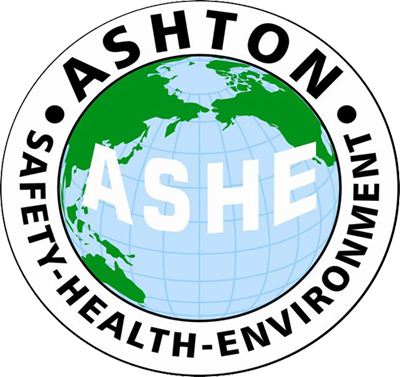Exposure Monitoring
In relation to health and hygiene, it is a requirement of OSH/WHS and other legislation that no worker be exposed to harmful levels of atmospheric contaminants/hazardous chemicals/hazardous substances, radiation and noise.
Workplaces must first identify which potential exposures exist in the workplace, then put measures in place to ensure national personal exposure standards/limits are not reached. As part of ensuring that risk control measures are effective, or as required by state legislation and in addition to initial monitoring, regular monitoring (including of source and receiver) may be required. Some examples of specific monitoring include, but are not limited to:
Gases and Vapours- isocyanates, BTEX, hydrogen chloride, nitrous oxide, formaldehyde etc
Particulates- total/inhalable/respirable; silica, asbestos etc
Noise- via dosimeters for personal exposure or sound level meters for source readings and determination of hearing protection areas
All monitoring services are completed in accordance with strict Australian Standards.
Are you unsure about what hazardous substance risks exist in your workplace? Contact the experts! ASHE will conduct all required inspection and monitoring, provide comprehensive and easily understood reports and offer practical advice relating to elimination or management of exposures to ensure personal exposure does not result in short or long term illness.
We can also develop and roll-out required Hazard/Risk Registers and HSE Management Plans to ensure all processes related to occupational hygiene management are documented, known and implemented. For mine sites in Western Australia, we can develop Health and Hygiene Management Plans as required by the Department of Mines Industry and Regulation Safety (DMIRS).
